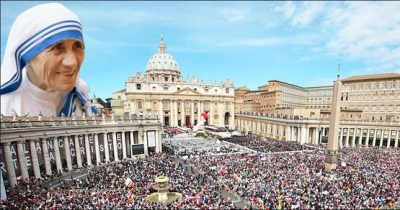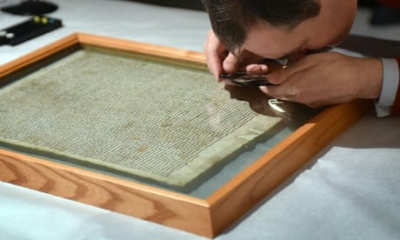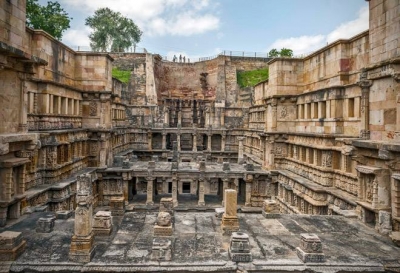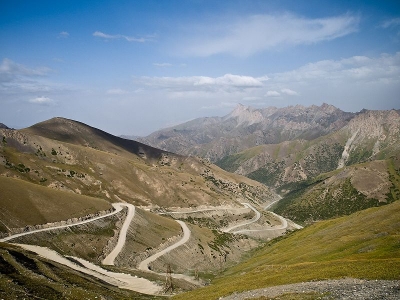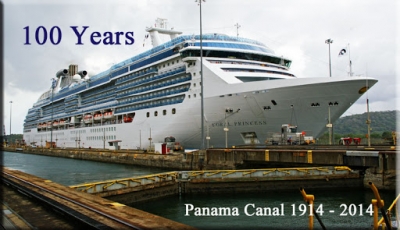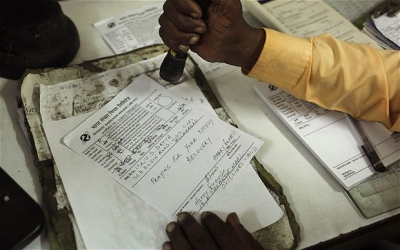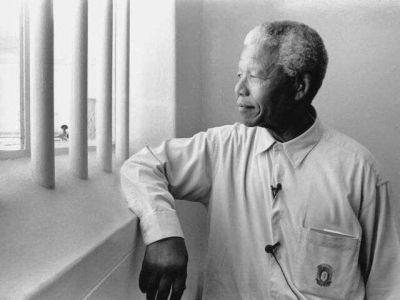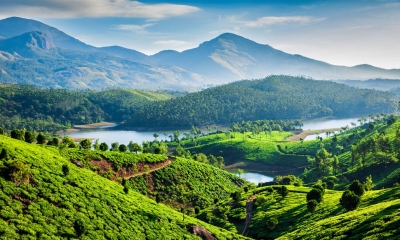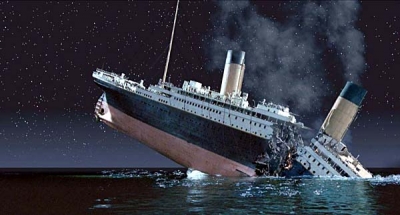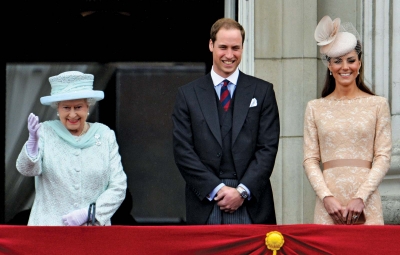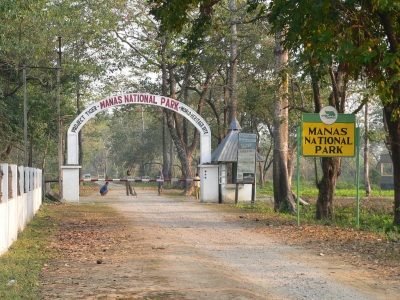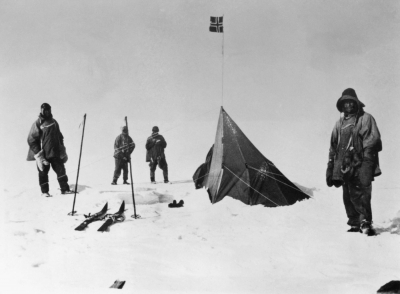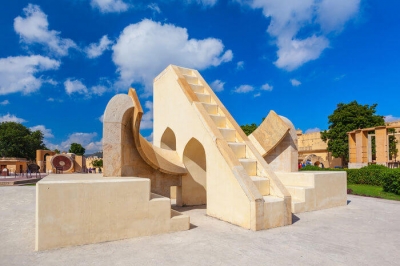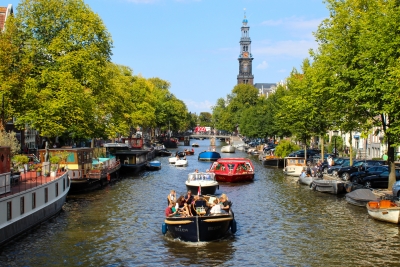When nation did mourn King Bhumibol Adulyadej?
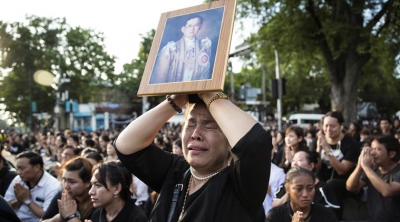
Thailand mourned the death of its King Bhumibol Adulyadej who ruled for 70 long years. Conferred with the title King Bhumibol the Great in 1987 (officially conferred by Vajiralongkorn in 2019), he was the ninth monarch of Thailand from the Chakri dynasty, titled Rama IX. Reigning since June 9, 1946, he was, at the time of his death, the world’s longest-reigning head of state, the longest-reigning monarch in Thai history and the longest-reigning monarch having reigned only as an adult, reining for 70 years and 126 days. Following his death, Queen Elizabeth II is today the world’s longest-reigning living monarch.
The king's body lay in state in the Dusit Maha Prasat Throne Hall of the Grand Palace for a period of one year, with daily rites for a period of 100 days. As in the funerals of the king's mother and sister, the king's body was not physically placed in the royal funerary urn (kot) as was customary; instead, the coffin which housed the body was placed behind the pedestal displaying the royal urn. Special rites attended by King Vajiralongkorn were held to mark the 7th, 15th, 50th and 100th days since the king's death. After the 15th day, the public were allowed to pay their respects and attend the lying-in-state in the Grand Palace. By the end of the allowed public attendance on 30 September 2017 (later pushed forward to 5 October the same year), over 12 million people had paid their respects in person, a historic record crowd that, including foreign tourists and expats living in Thailand, broke all-time attendance records and left an estimated 890 million Thai baht in donations for the royal charity activities.
Picture Credit : Google
